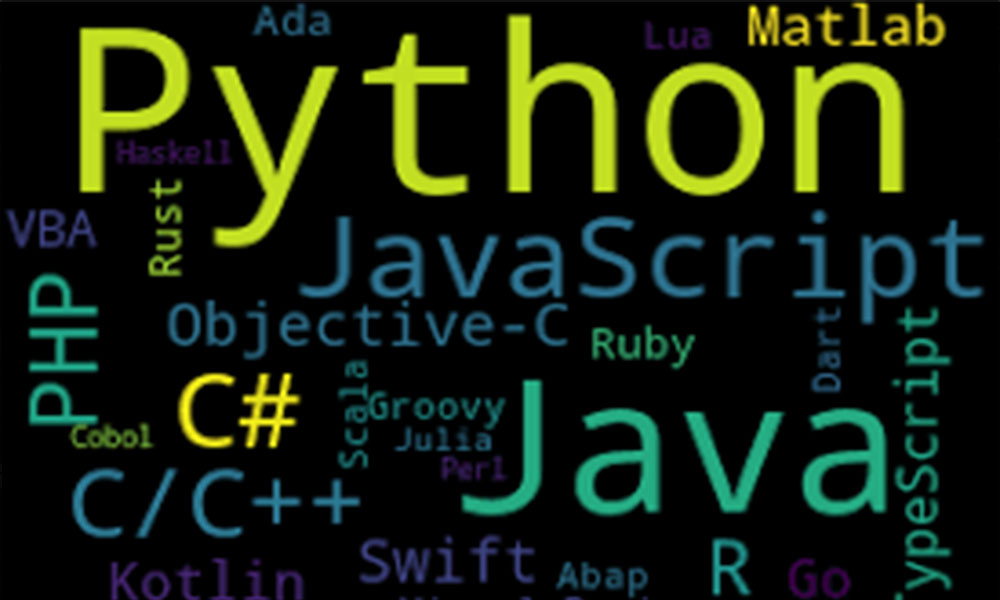A programming language is a set of instructions, rules, and conventions for creating computer programs and controlling the behavior of computers. Programming languages are used to create software, mobile apps, websites, and other computer programs. They are used to give instructions to a computer in a way that the computer can understand and execute. Some examples of programming languages include C++, Python, Java, and JavaScript.
Programming languages are designed to allow developers to express their ideas in a form that can be understood by computers. They provide a set of syntax, or grammar, for writing code, and a set of rules for how that code should be structured. This structure is called the semantics of the language.
Programming languages can be broadly classified into several categories such as:
- Procedural languages: These languages provide a set of procedures or functions that can be called upon to perform specific tasks. Examples include C, C++, and Pascal.
- Object-oriented languages: These languages are based on the concept of objects, which are instances of classes. Classes define the behavior of objects and encapsulate data. Examples include Java, C#, and Python.
- Functional languages: These languages are based on the concept of mathematical functions. They don’t have a concept of state and they use expressions to compute values. Examples include Haskell, Lisp and Scheme
- Scripting languages: These languages are often used for writing scripts or small programs that automate tasks. Examples include Perl, JavaScript, and Python.
Each language has its own set of features, strengths, and weaknesses. The choice of language will depend on the task you are trying to accomplish and the specific requirements of your project.
Programming languages also have a certain level of abstraction, that could be close to machine language (low-level) or close to human languages (high-level). High-level languages are easier to read and write, and are more portable, but they may run slower than low-level languages.



